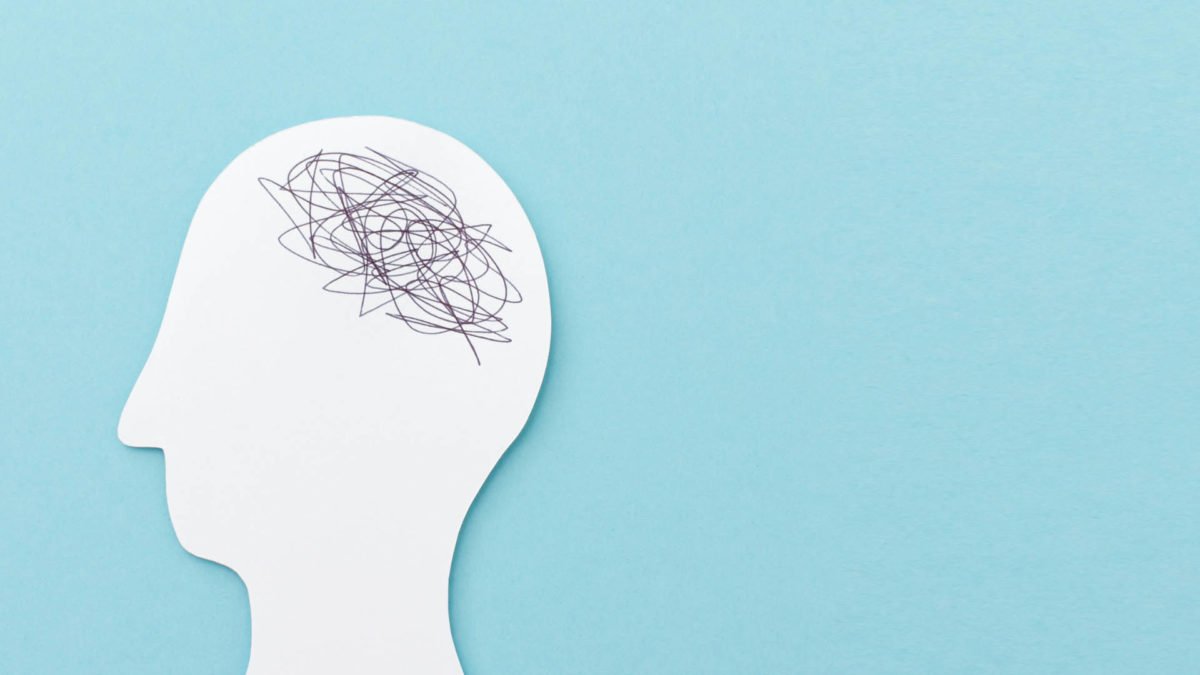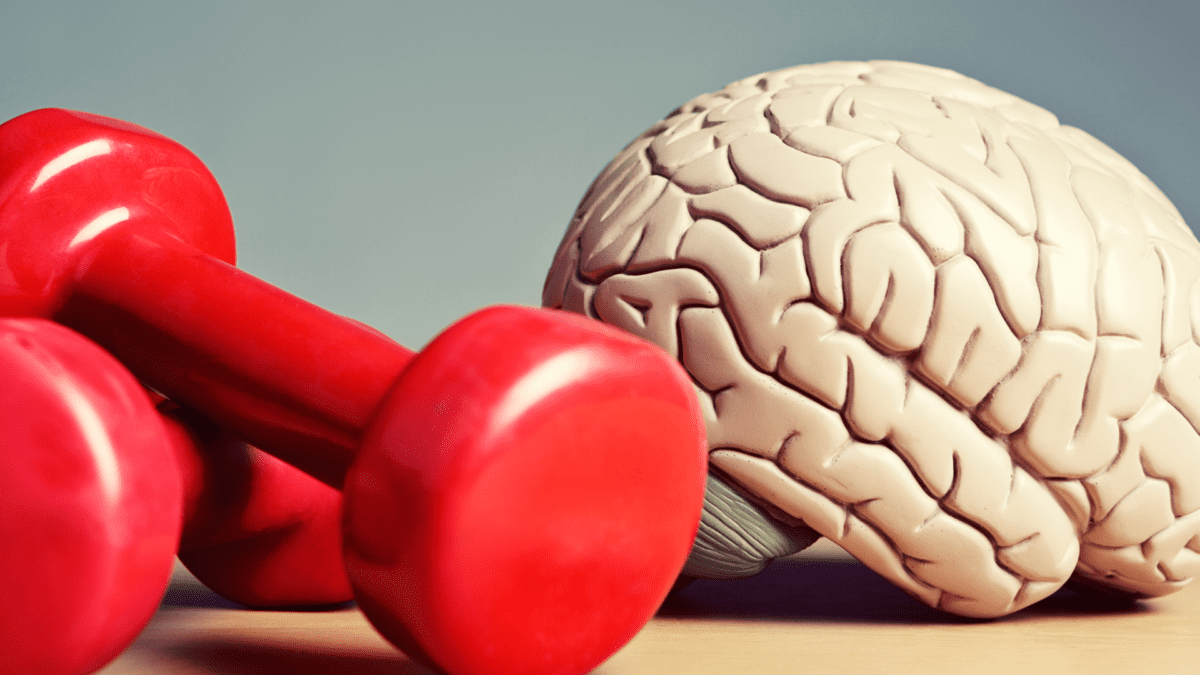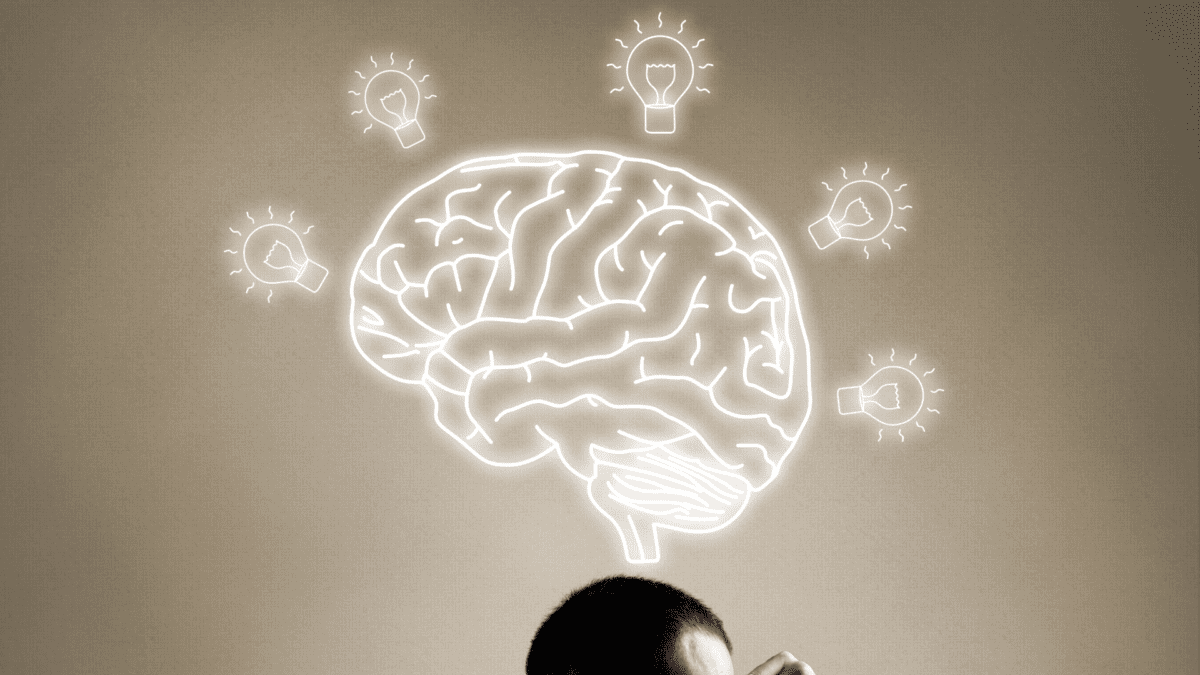Introduction:
Emotions, often poetically attributed to the heart, are firmly rooted in the intricate maze of our brain. They can evoke powerful memories, dictate our reactions, and are deeply intertwined with our senses. While the palpitations of the heart might signify the depth of our feelings, it is the brain that crafts, molds, and sometimes controls them. This complexity of our emotional response, influenced by evolutionary processes, offers a fascinating look into human behavior and its neuropsychiatric basis.
1. The Power of Senses and Memories:
Smells can be powerful triggers for memories and emotions, as illustrated by the distinct aroma of a place signaling one’s proximity to home. An evocative scent, like that experienced near Chennai, demonstrates the strength of olfactory memory[^1^]. This unique ability of smells to invoke memories and feelings is shared across various mammals, from rats to humans.
2. Emotion Centers of the Brain:
The limbic system, a collection of interconnected structures deep within the brain, plays a pivotal role in emotion and memory. The circuit of emotions within this system was outlined by Pappas[^2^]. Central to this network is the hippocampus, responsible for memory storage, and the amygdala, often dubbed the center of emotion due to its role in fear and pleasure responses. The interplay of these structures with the cingulate cortex and the larger neocortex, which evolved as humans progressed up the evolutionary ladder, contributes to our complex emotional tapestry.
3. The Role of the Frontal Lobe:
Humans, unlike many other species, have developed a higher order of emotional and social control, primarily due to the evolution of the frontal lobe. This region is responsible for decisionmaking, appropriateness in social contexts, and overriding instinctual emotional responses. It acts as a regulator, ensuring that emotions and actions are aligned with societal norms and personal objectives. This balancing act between the emotional (limbic) and rational (frontal lobe) parts of the brain creates the nuanced emotional responses unique to humans.
4. Evolution and Emotional Control:
Evolution has finetuned the human brain to possess advanced emotional and social control mechanisms. While a rat might instinctively follow an interesting smell, humans have the capacity to resist certain urges, even when faced with mouthwatering temptations. This restraint is courtesy of the frontal lobe, emphasizing its role as the seat of social interactions and appropriateness.
Conclusion:
The realm of human emotions, far from being abstract, is firmly grounded in the intricate structures and processes of our brain. From the ancient limbic system responsible for raw emotions to the evolved frontal lobe refining those responses, our understanding of emotions offers a unique perspective into the human experience.
The heart may feel, but it is the brain that crafts the symphony of our emotions.
Explanation of the Quote:
This quote encapsulates the essence of the article – while emotions are deeply felt and often associated with the heart, their origins, complexity, and depth are rooted in the brain’s functions. The “symphony” metaphor illustrates the harmonious and multifaceted nature of emotions, shaped and directed by the various parts of our brain.











